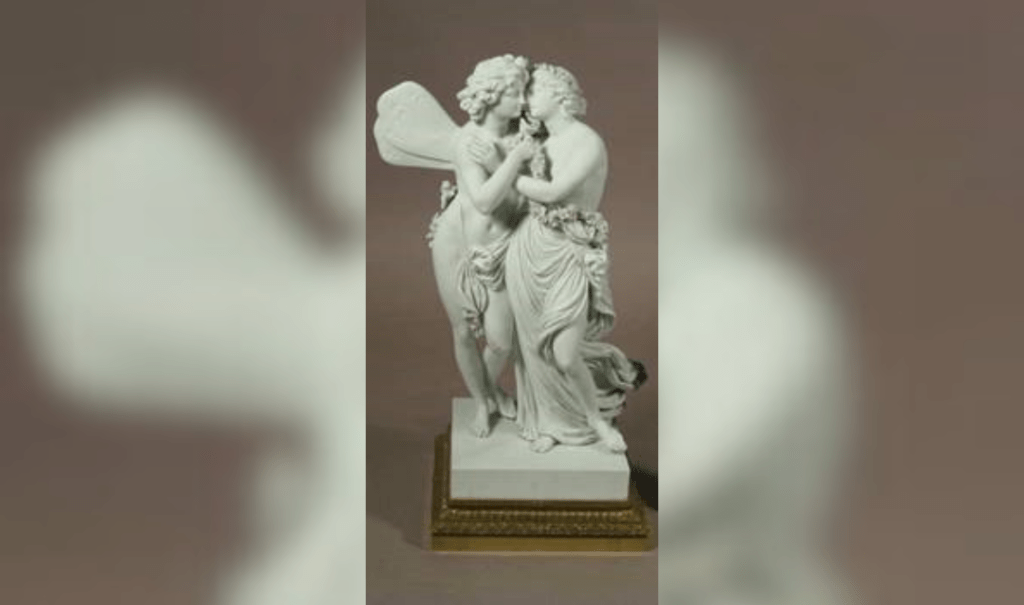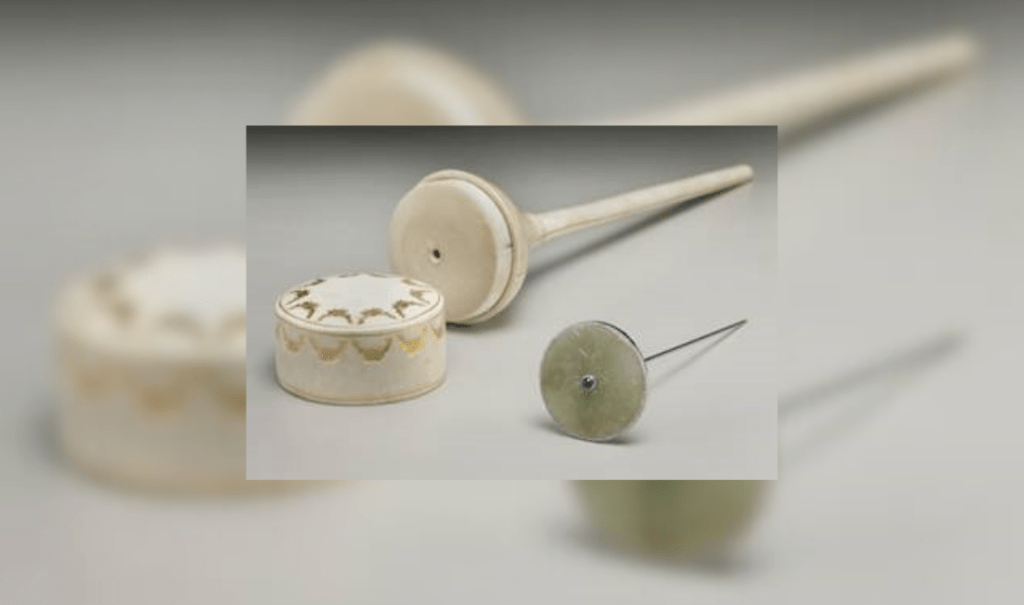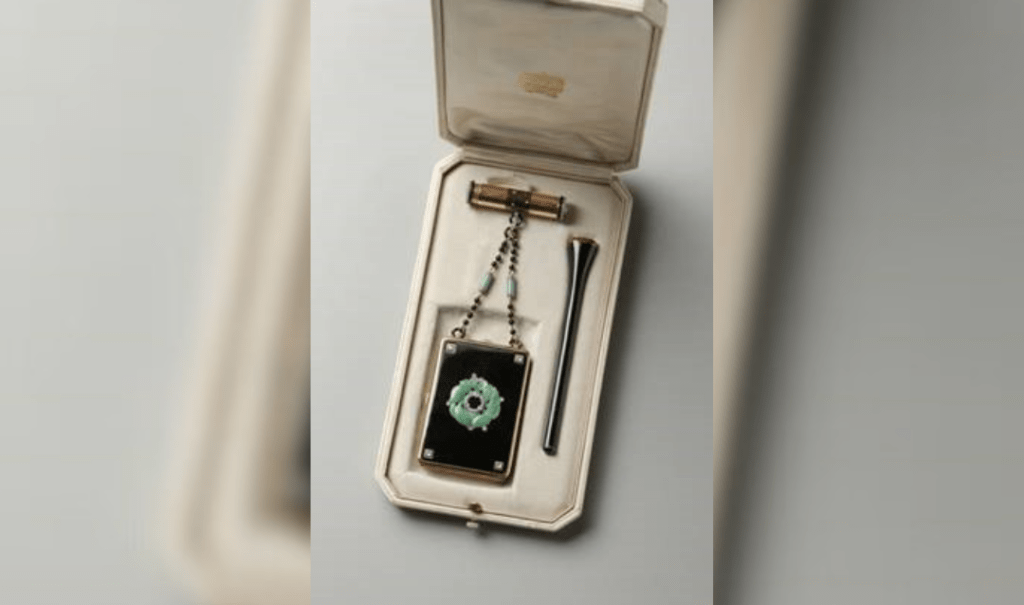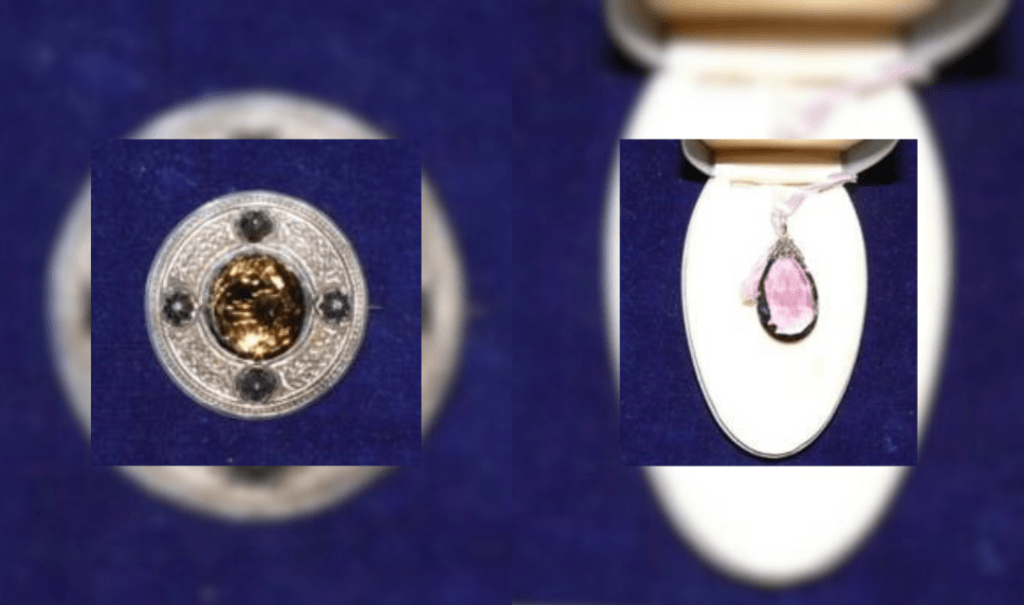Wedding gifts befitting a Vanderbilt
Written By Judy Ross
Posted 04/23/15
Updated 04/16/24
Estate History
The April 29, 1924 wedding of Cornelia Vanderbilt and the Honorable John Francis Amherst Cecil drew guests from around the world, who brought with them lavish gifts from their home countries.
Gifts given with meaning
Many of the gifts had personal significance to the couple. Her mother, Edith Vanderbilt, gifted a cocktail shaker and brooch to John Cecil, while John Cecil’s father gave a diamond and sapphire horseshoe-shaped brooch to Cornelia to celebrate her skill with horses. Cornelia’s maid-of-honor gifted her with a distinctive marabou feathered throw along with other bedding, still part of Biltmore’s collection. Sir Esme Howard, British Ambassador, gifted the couple with Essays of Bacon, honoring John Cecil’s homeland and the couples’ intellectual interests.
Not all of John and Cornelia’s wedding gifts were given by those with fabulous wealth. The servants of Biltmore House, coordinated by butlers Arthur Hopkins, William Donahue, and Herbert Noble, pooled funds to give the couple a china breakfast set. Gifts from other residents of the estate included baskets, brooms, door stops, kumquat marmalade, and a puppy! Even more meaningful than gifts, estate employees gathered outside the house the night before the wedding with noisemakers and a band to celebrate Cornelia on the eve of her special day.
Below are photos of several notable wedding gifts, which can be seen at The Vanderbilts at Home and Abroad exhibition in Antler Hill Village.



